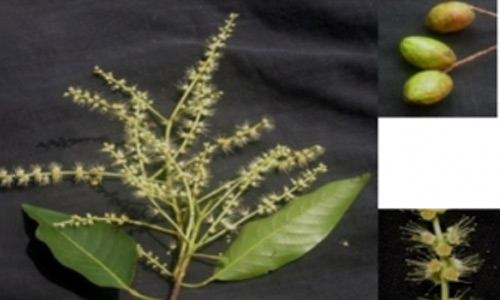We value your privacy
We use cookies to enhance your browsing experience, serve personalized ads or content, and analyze our traffic. By clicking "Accept All", you consent to our use of cookies.
We use cookies to help you navigate efficiently and perform certain functions. You will find detailed information about all cookies under each consent category below.
The cookies that are categorized as "Necessary" are stored on your browser as they are essential for enabling the basic functionalities of the site. ...
Necessary cookies are required to enable the basic features of this site, such as providing secure log-in or adjusting your consent preferences. These cookies do not store any personally identifiable data.
No cookies to display.
Functional cookies help perform certain functionalities like sharing the content of the website on social media platforms, collecting feedback, and other third-party features.
No cookies to display.
Analytical cookies are used to understand how visitors interact with the website. These cookies help provide information on metrics such as the number of visitors, bounce rate, traffic source, etc.
No cookies to display.
Performance cookies are used to understand and analyze the key performance indexes of the website which helps in delivering a better user experience for the visitors.
No cookies to display.
Advertisement cookies are used to provide visitors with customized advertisements based on the pages you visited previously and to analyze the effectiveness of the ad campaigns.
No cookies to display.
|
Division
|
Angiosperms |
|
Class
|
Dicotledons |
|
Subclass |
Polypetalae |
|
Series |
Calyciflorae |
|
Order |
Myrtales |
|
Family
|
Combretaceae |
|
Genus
|
Terminalia |
|
Species
|
chebula |

|
Botanical name:
|
Terminalia chebula Retz. |
|
Local/Trade Names: |
Chebulic Myrobalan, Harad, Harra. |
|
Conservation status: |
Occur wild also cultivated for fruits. |
|
Digonestic features: |
Fruit 5 ribbed. |
|
Description: |
A deciduous tree. Bark grey to blackish, rough, with shallow vertical furrows. Leaves 7-18 x 5-10 cm, elliptic or ovate-oblong, petiole usually with two or more glands near the top. Flowers dull white, ca 1.5 cm across. Fruit a drupe, 2.5-3.5 cm long, obovoid or ellipsoid, more or less 5-ribbed; stone bony, obscurely angled, rough with gum vessels on the walls. |
|
Phenology: |
Fls.: Hot season. Frts.: Jan.-Mar. Leafless: Feb.-Mar. |
|
Distribution: |
Abundant in Northern India from Uttarakhand to Bengal and southwards to the Deccan. Sri Lanka, Myanmar and Malaya. |
|
Where to see it: |
Gate No. 2 side and Flowering Tree Section. |
|
Uses: |
Dried flesh of the fruit, surrounding the kernel, is rich in tannin (30-32%) and is an important tanning material. Roots, bark and wood also contain tannin. Fruits laxative, stomachic, tonic, and alternative; form a constituent of triphala, an important Ayurvedic medicine used for a host of ailments. Laxative principle, a glycoside, may be similar to sennoside. Fruit pulp is used in dentifrices. Coarsely powdered fruit is smoked in asthma. Bark diuretic and cardiotonic. Kernels yield a fatty oil. Tree yields a gum. |
Chief Conservator of Forests & Chief Wildlife Warden is the Head of the Department. There is one post of Conservator of Forests & two posts of Deputy Conservator of Forests viz.